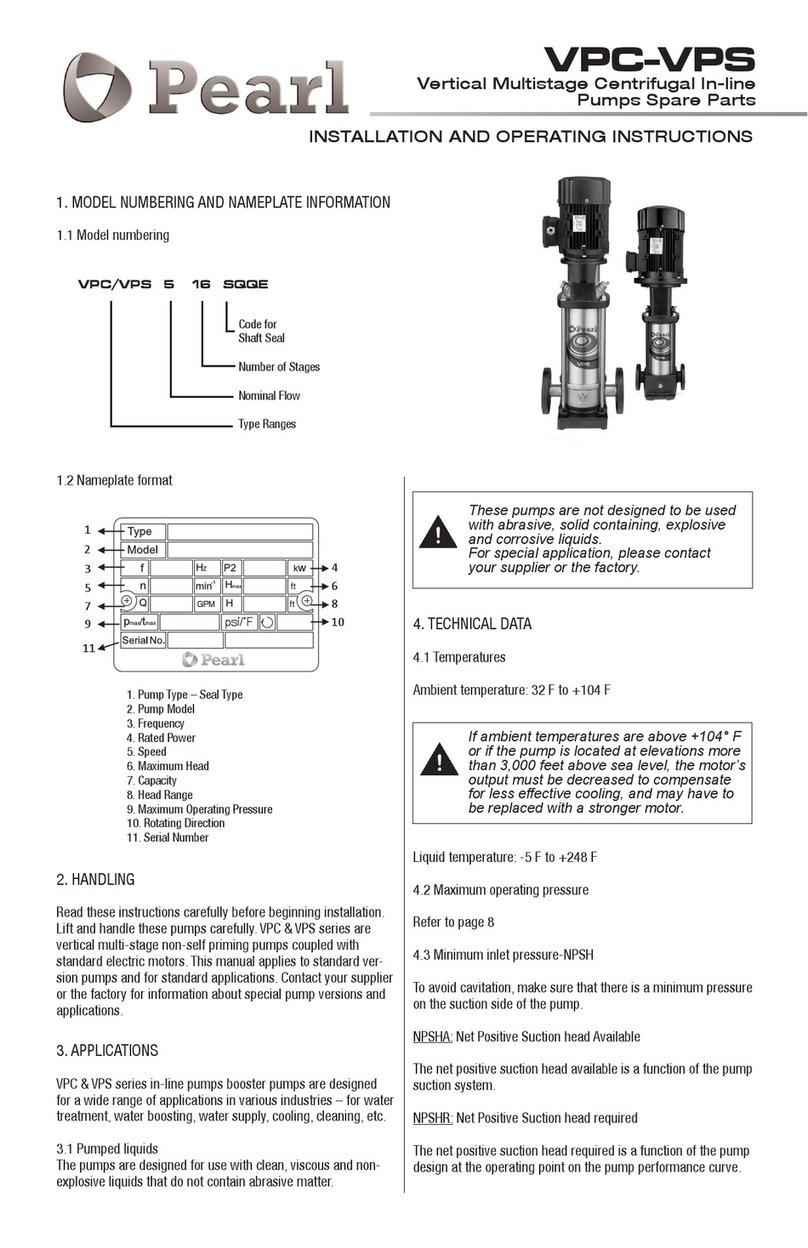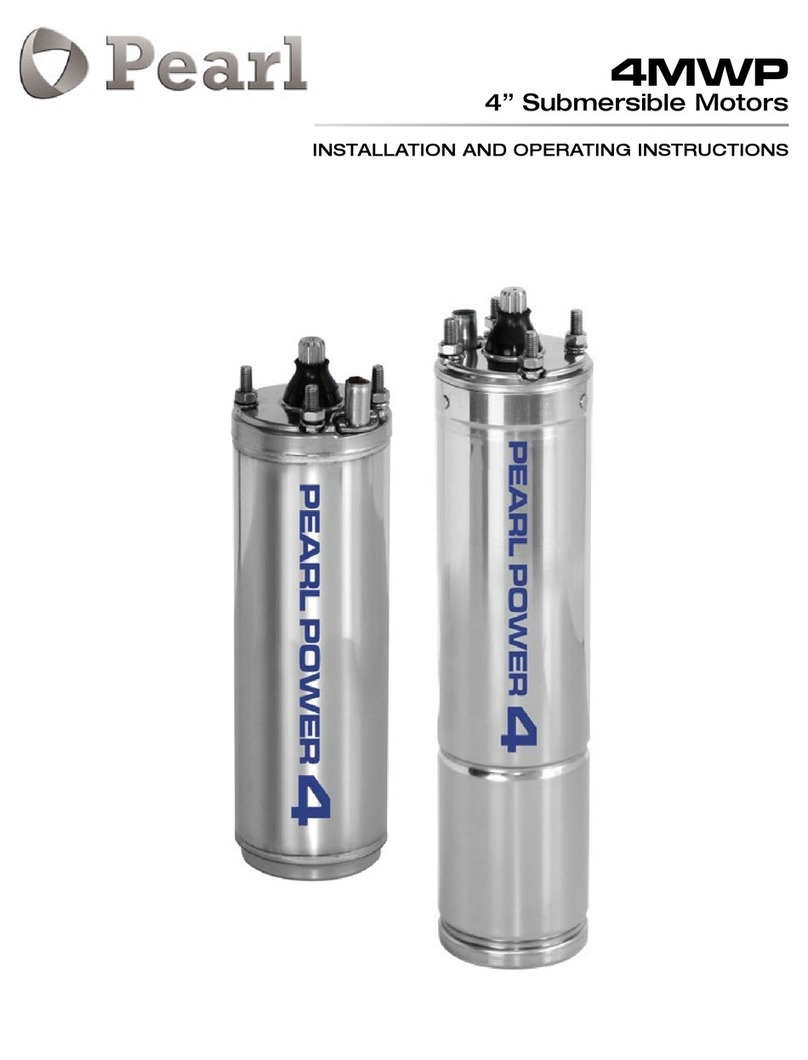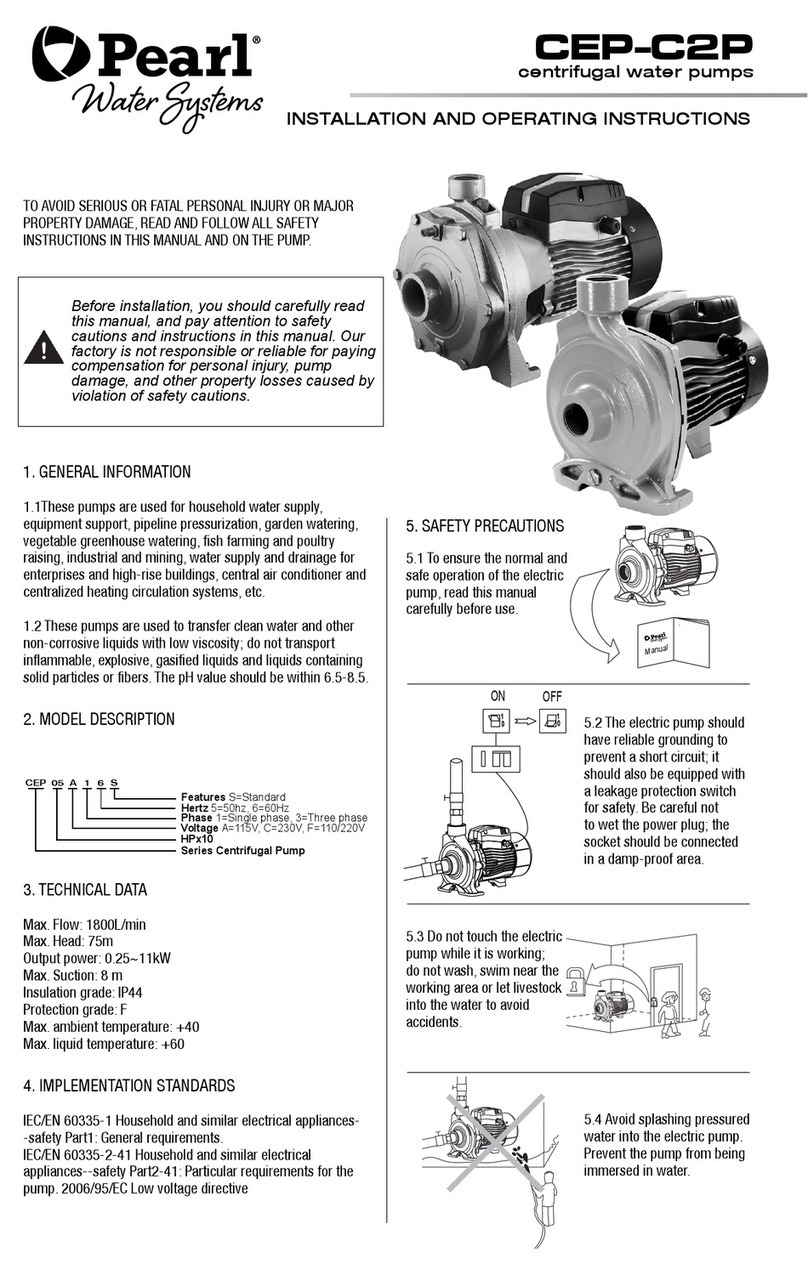Pearl CEP-C2P User manual





Other manuals for CEP-C2P
1
Table of contents
Other Pearl Water Pump manuals
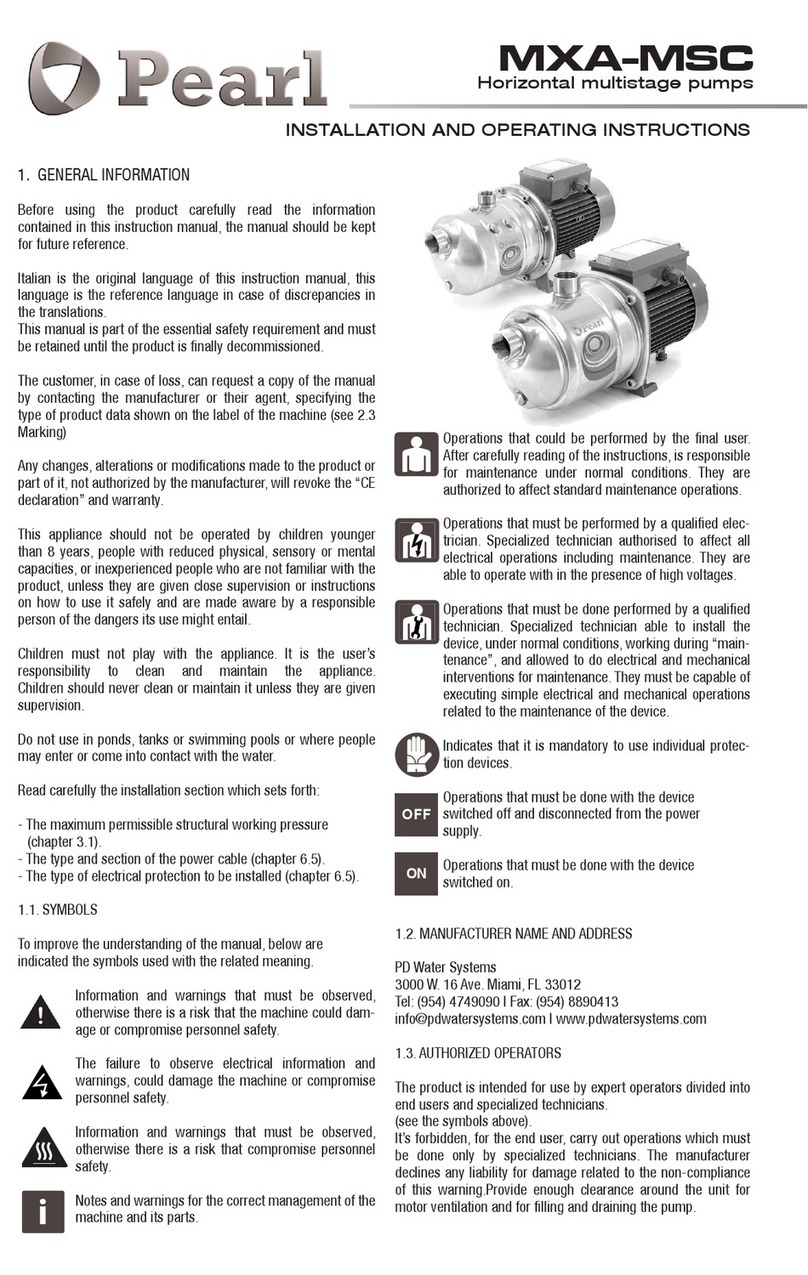
Pearl
Pearl MXA Series User manual

Pearl
Pearl THOR 10 User manual
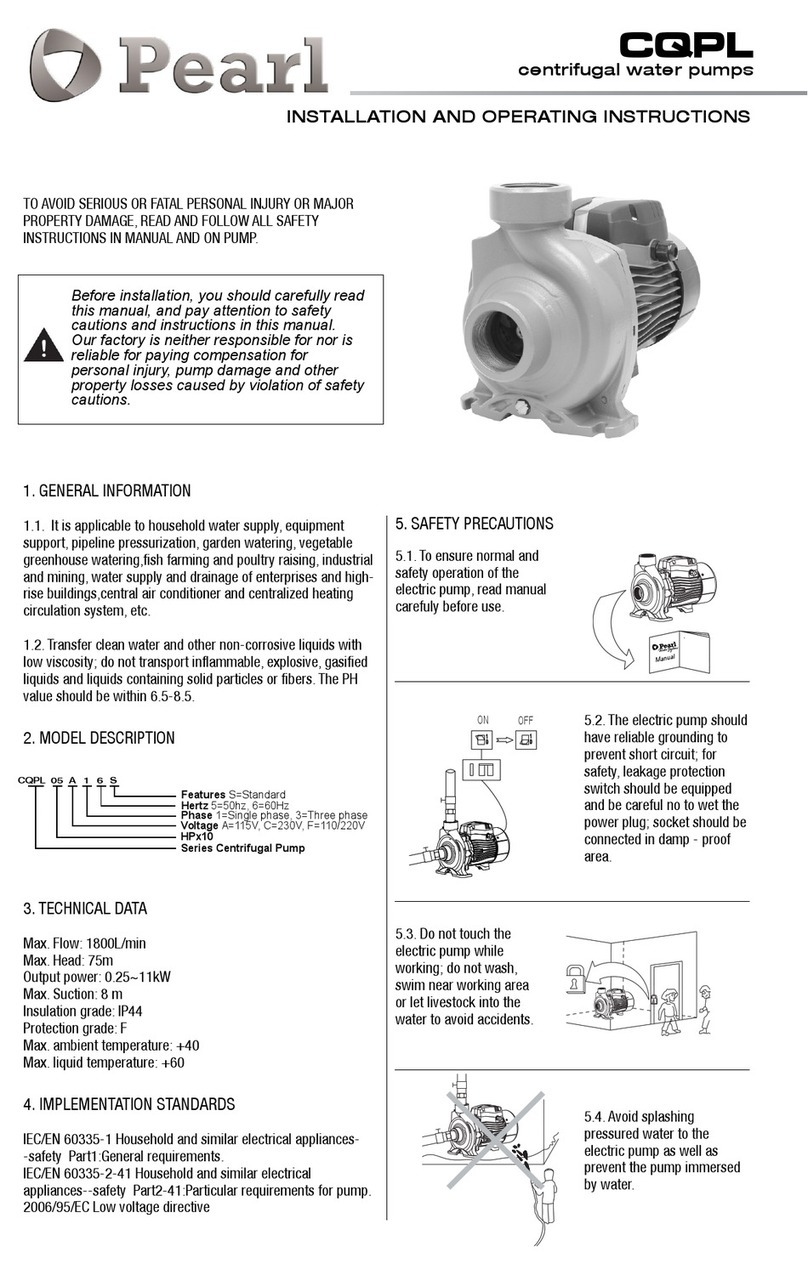
Pearl
Pearl CQPL User manual

Pearl
Pearl JCP User manual
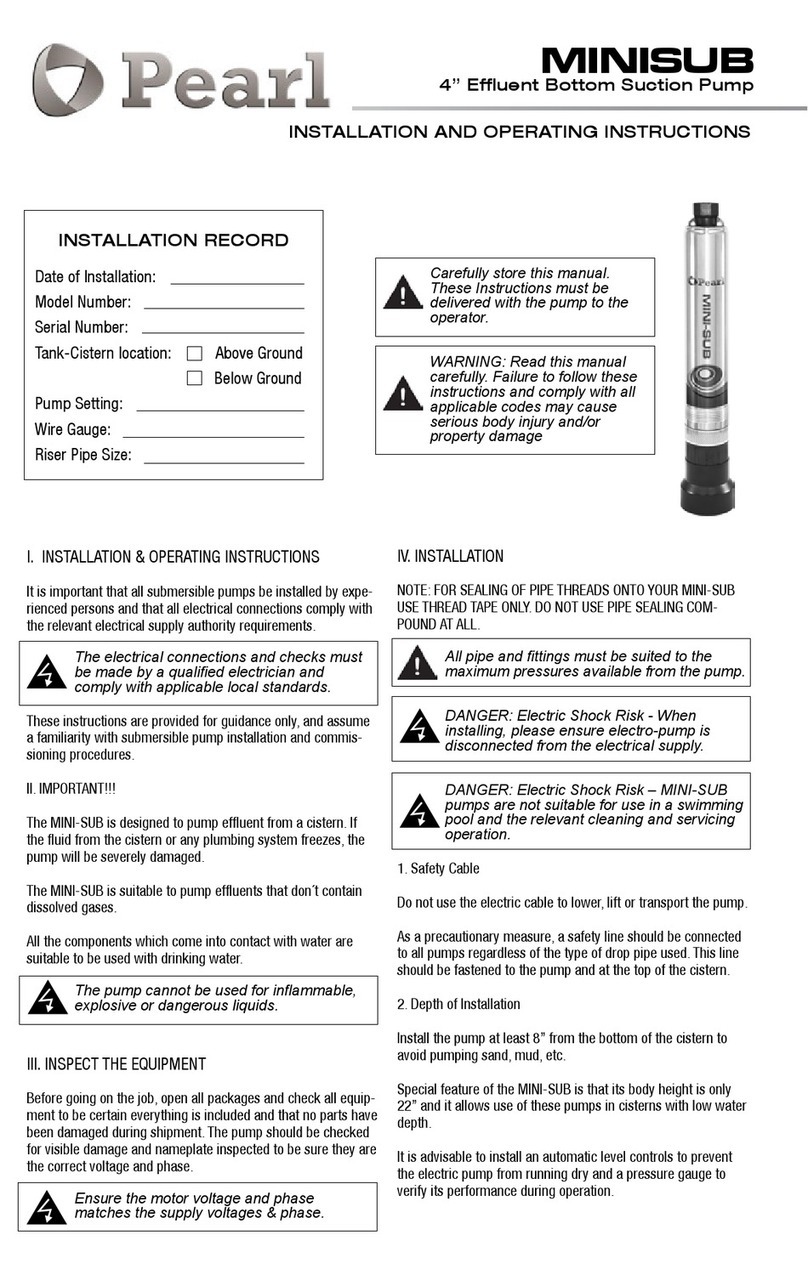
Pearl
Pearl MINISUB User manual

Pearl
Pearl JCC Series User manual

Pearl
Pearl Iron Jet IRONJ 05 User manual
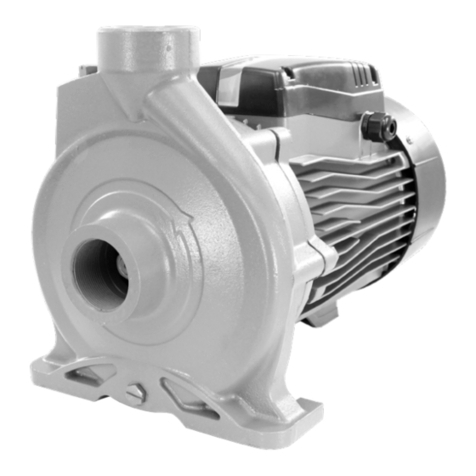
Pearl
Pearl CEP BIG User manual
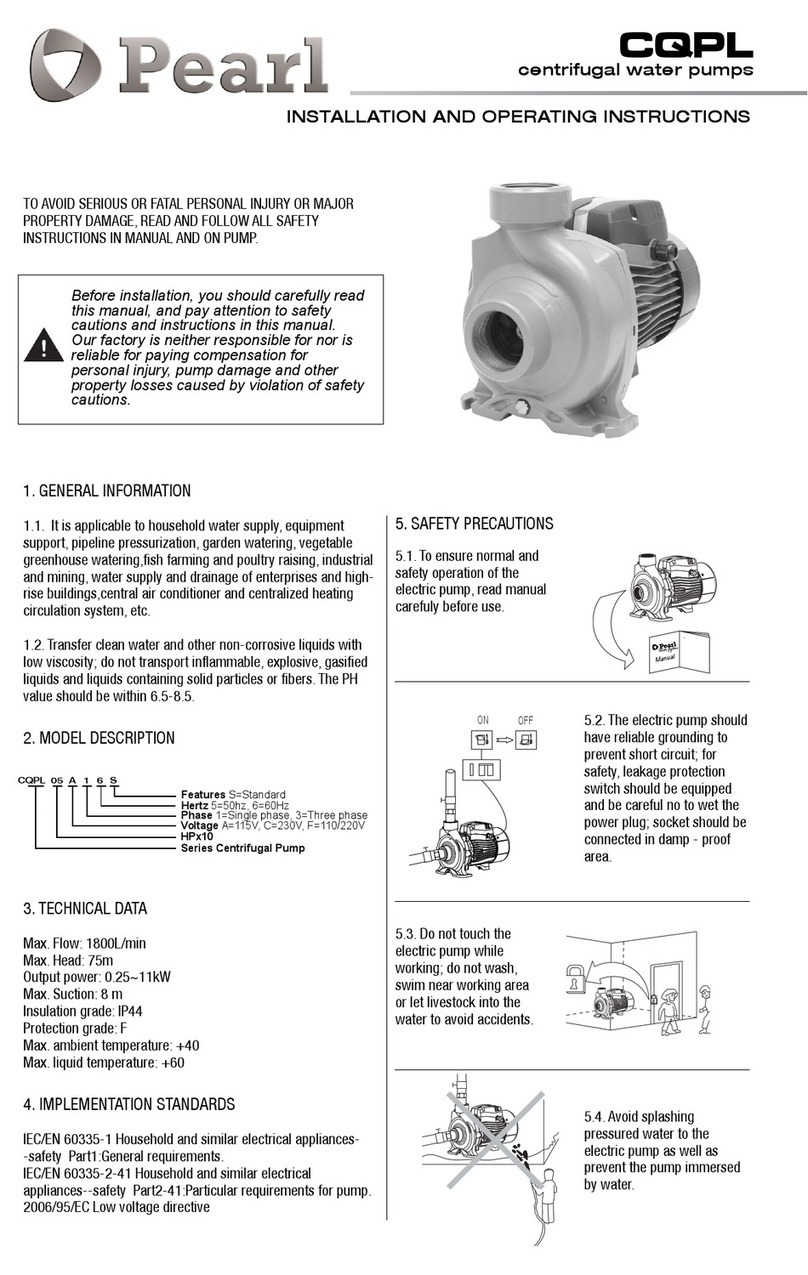
Pearl
Pearl CQPL Series User manual
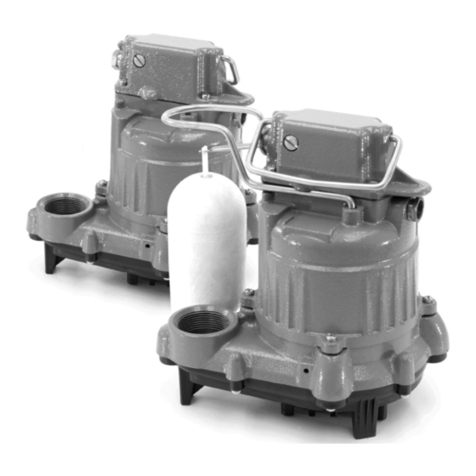
Pearl
Pearl JACKY User manual
Popular Water Pump manuals by other brands

BJM Pumps
BJM Pumps SKG FAHRENHEIT Series Installation, operation & maintenance manual

Liberty Pumps
Liberty Pumps ProVore PRG Series installation manual
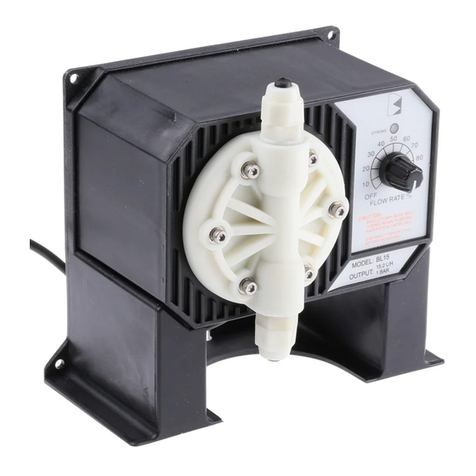
Hanna Instruments
Hanna Instruments BL1.5 instruction manual
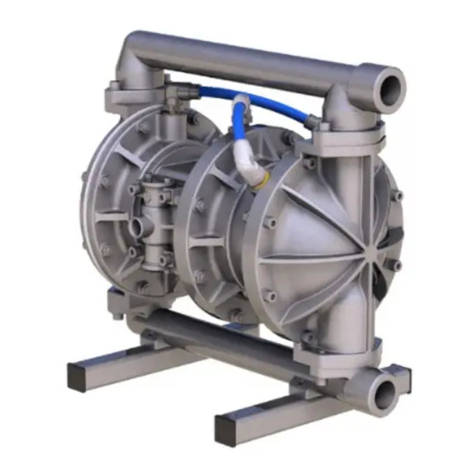
Warren rupp
Warren rupp SANDPIPER HP10 Service & operating manual
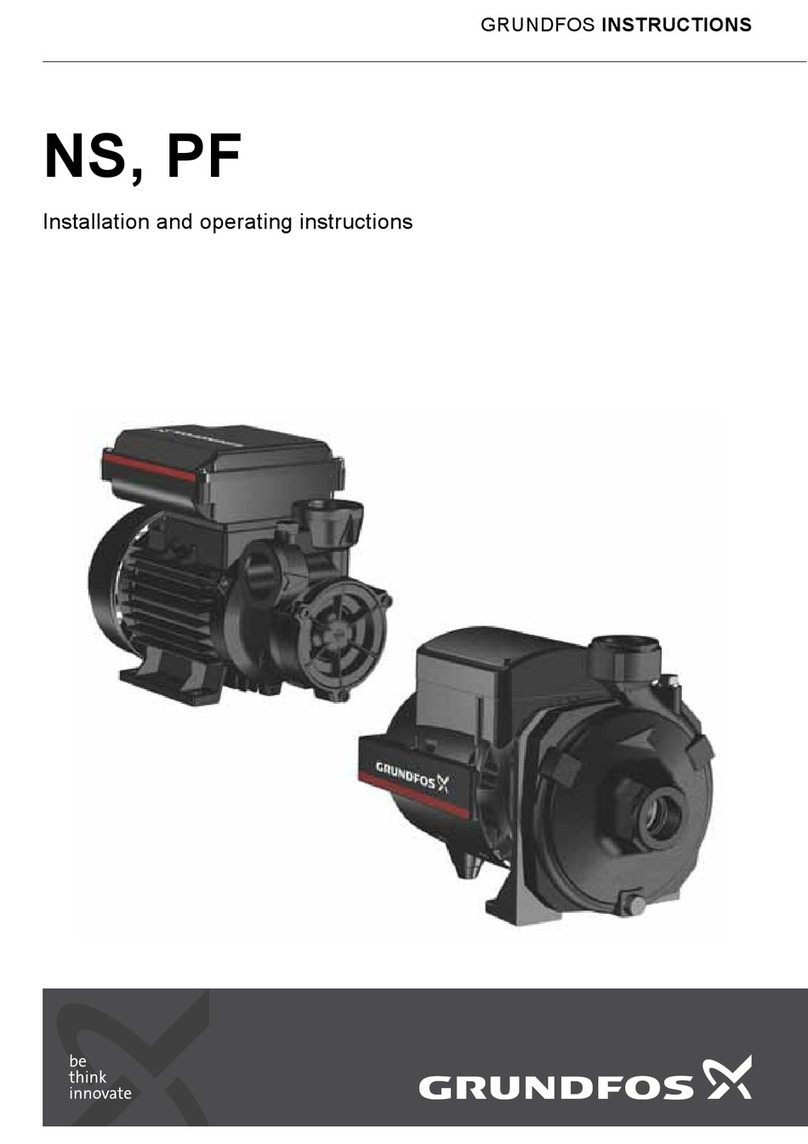
Grundfos
Grundfos PF Series Installation and operating instructions

HERTELL
HERTELL KD Series quick guide
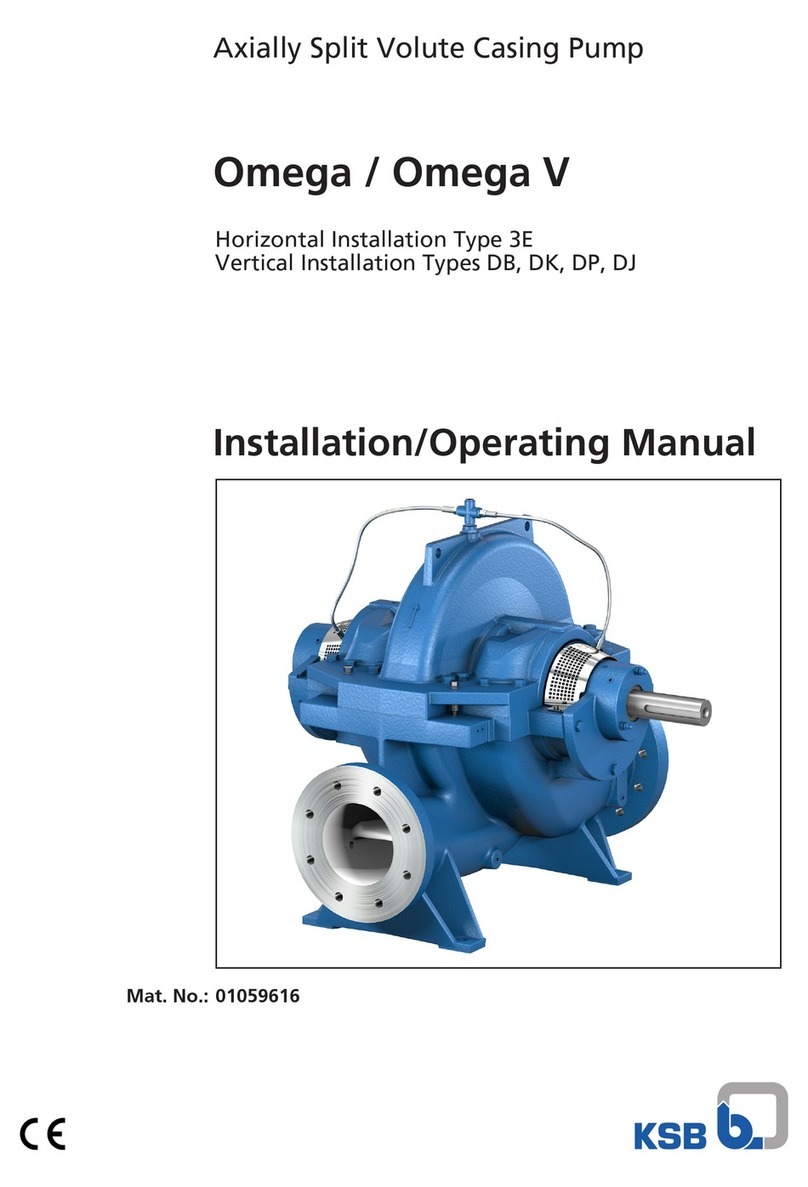
KSB
KSB Omega Installation & operating manual
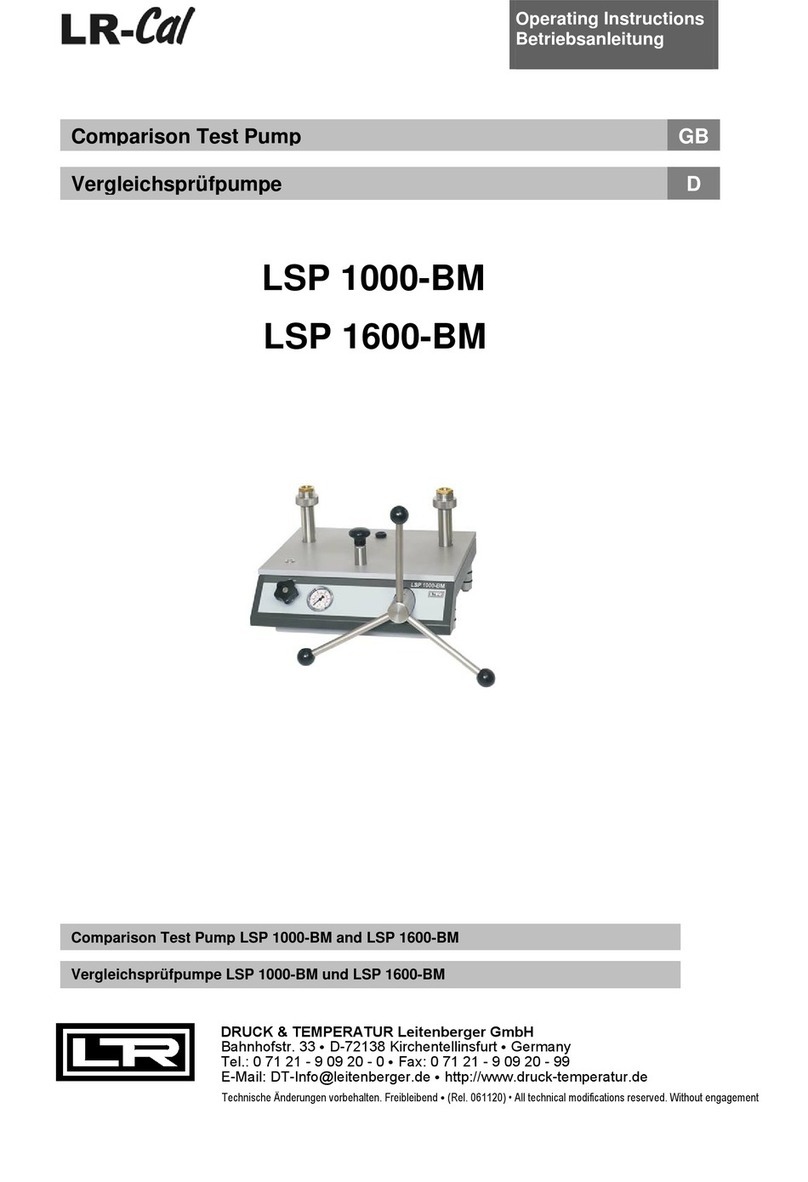
LR-Cal
LR-Cal LSP 1000-BM operating instructions
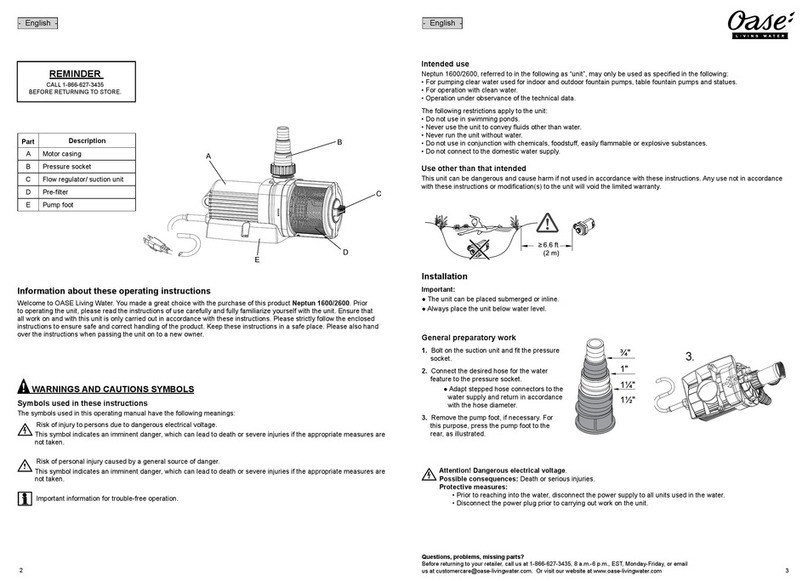
Oase
Oase Neptun 2600 Installation

SHURflo
SHURflo NG7V Operating Instructions, Performance, Specifications and Parts Manual

GORMAN-RUPP PUMPS
GORMAN-RUPP PUMPS 82E52-B Installation, operation, and maintenance manual with parts list

Wilo
Wilo Wilo-E 15/1-5 Installation and operating instructions
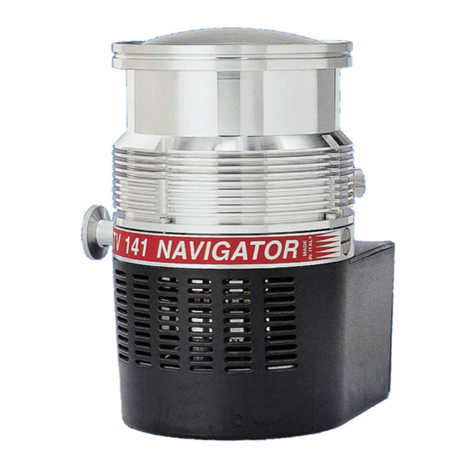
Varian
Varian TV 141 Navigator RS485 instruction manual

Dover
Dover WILDEN PRO-FLO P1 Series Engineering, operation & maintenance

AxFlow
AxFlow Aturia ND Series Operation & maintenance manual

Gardner Denver
Gardner Denver GD-250 Operating and service manual
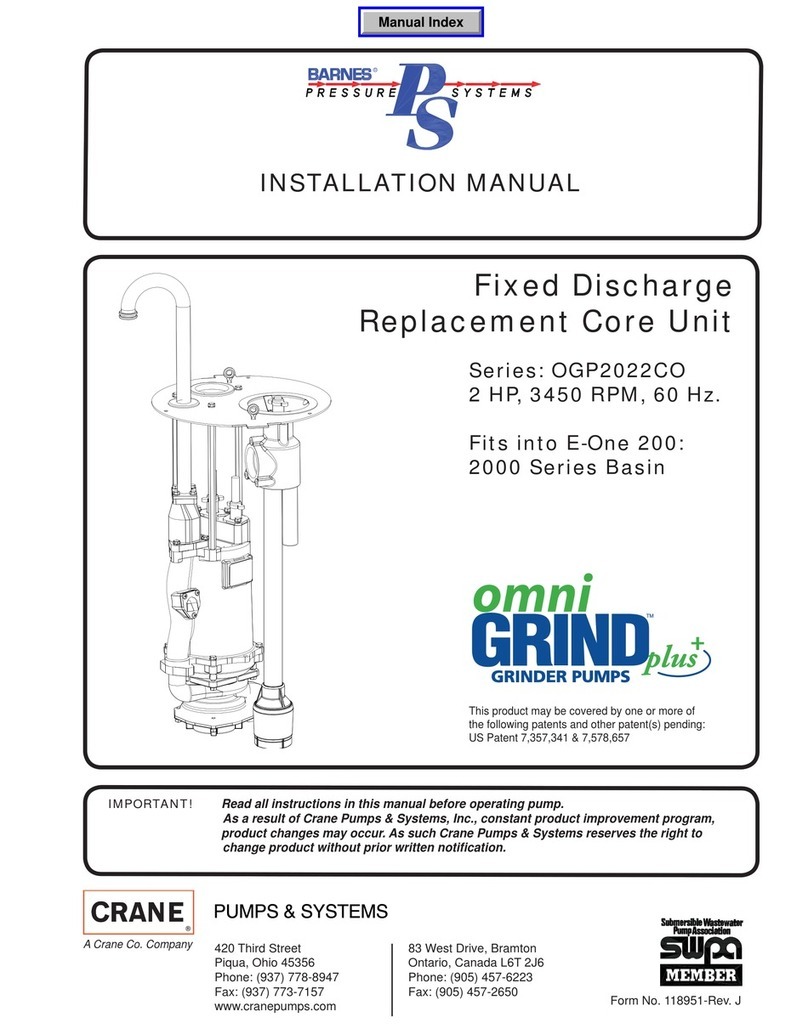
Crane
Crane Barnes PS Omni Grind Plus OGP2022CO Series installation manual

WOERNER
WOERNER GMG-K Translation of the original operation manual

